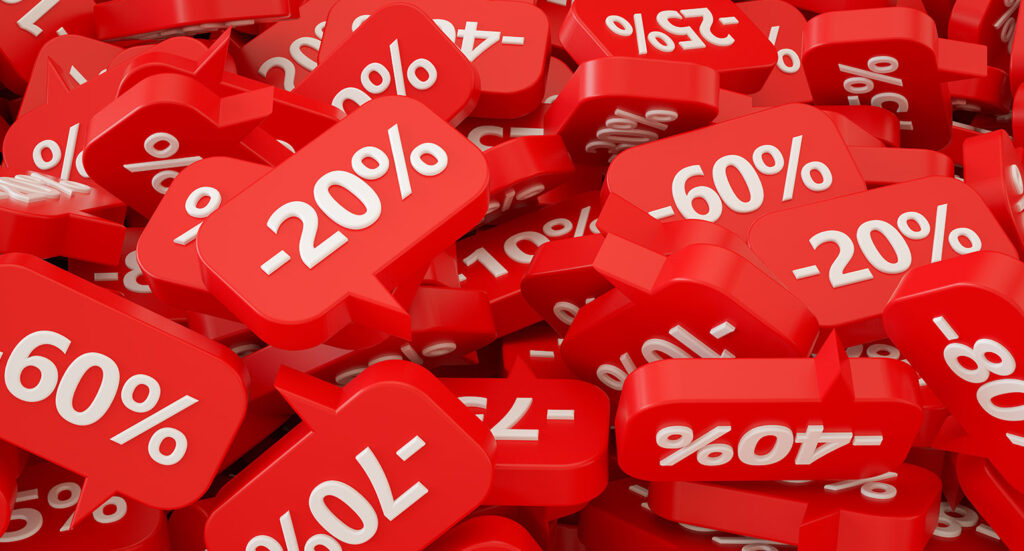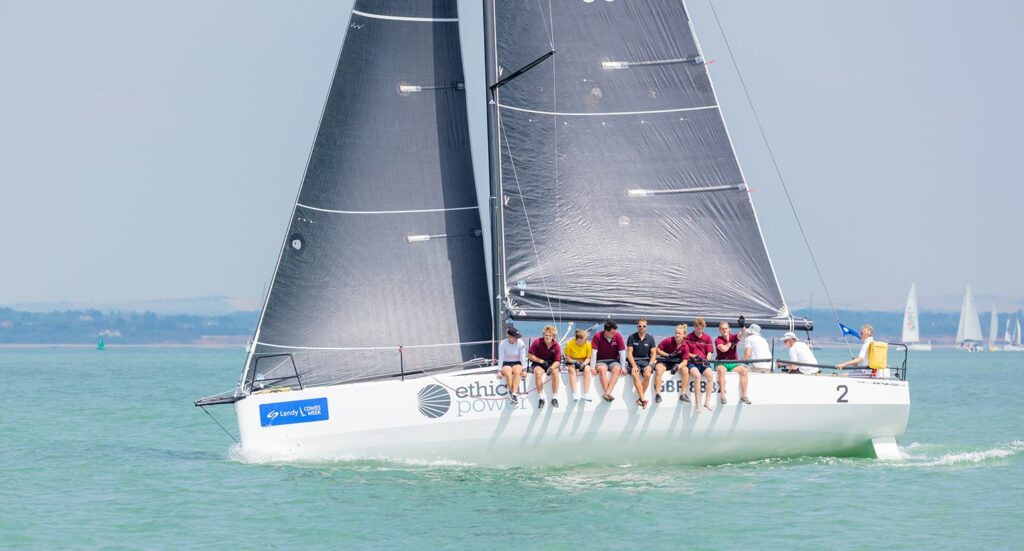The results are in and brands like Kmart and Officeworks are demonstrating that everyday low prices (EDLP) are one way to stay afloat through a retail recession. Nicole Miranda explains.
With claims Australia has been in a retail recession for 18 months, year-end result headlines are spruiking a consistent storyline of net profit losses – for most.
But there’s one group of retailers bucking the trend. And that is the brands that have gone all-in on everyday low prices or EDLP.
While sales might be up for brands that adopt a high/low pricing strategy like JB HiFi, their bottom line isn’t looking so rosy.
Meanwhile, over at Wesfarmers Group – the home of EDLP mainstays Kmart and Officeworks – sales are flat but the bottom line isn’t doing too badly considering.
The endorsement of EDLP is pretty clear. But it comes with some caveats.
Consistency is key
With all those rate hikes now well and truly taking their toll on the wallets of many and the piles of Covid cash long depleted, EDLP will continue to resonate with consumers. They can shop on their terms – when they want and get what they need – with the confidence they’re paying a low price.
But retailers need to be consistent.
Kmart leads the charge here further proving the brand’s position as one of Australia’s three most trusted brands. With consistent everyday pricing and enhanced product breadth delivered through its Anko range, consumers know exactly what they are going to get when they walk into a Kmart store.
Going all-in on EDLP
In its purest form, prices don’t fluctuate within an EDLP strategy. But that doesn’t mean clearances and other disruption tactics are out of the question.
For example, EDLP purists will be wary of leveraging loyalty programs to give a perceived price benefit, however, Wesfarmers has managed to get around that with its OnePass membership program which offers shoppers free delivery and bonus FlyBuys points.
Volume
To play in the EDLP space, retailers require a high volume of sales to keep costs down. If you’re a small retailer, this likely isn’t going to be the strategy for you.
Without the foot traffic or online reach, EDLP might not be the best fit. The pressure to move significant stock at lower margins can be a heavy burden if you don’t have the customer base or distribution channels to support it. Larger retailers like Kmart can thrive with EDLP because they’ve built the infrastructure and customer trust necessary to sustain volumes.
Adopt a hybrid model
Not keen to go all in on EDLP? Why not have a hand in both camps?
Implement an EDLP pricing strategy across your brand’s staples. The fair price will get people in-store to purchase the things they can’t do without. And, if they’ve got a little extra in their purse, they might be tempted to splurge on a luxury item from your high/low pricing range.
Or you could try ALDI’s opportunity buy model and bring things in on a short-term basis. Use that to create theatre and sell the sizzle. It’s an approach The Reject Shop has been employing for decades.
Experimenting with a bespoke version of hybrid pricing could help protect margins on key volume drivers while allowing a bit of flex for some old-school ‘surprise and delight’. This might be more frequent and unexpected discounts or bundles and spend/get offers that attract customers’ attention and create a positive brand experience.
EDLP not for you?
If you don’t have the volume or the systems in place to adopt an EDLP strategy, all is not lost. One possible solution is to be more agile. Test, learn and apply tactics that are more creative in delivering ‘value’ to your customers who are honing their skills at doing more with less.
While times are tough right now, a bounce back is forecast in 2025 when we finally see some rate relief. But you may find the adoption of an EDLP pricing strategy so effective, you decide to stick with it. For now, the data certainly suggests it’s the way to go.




